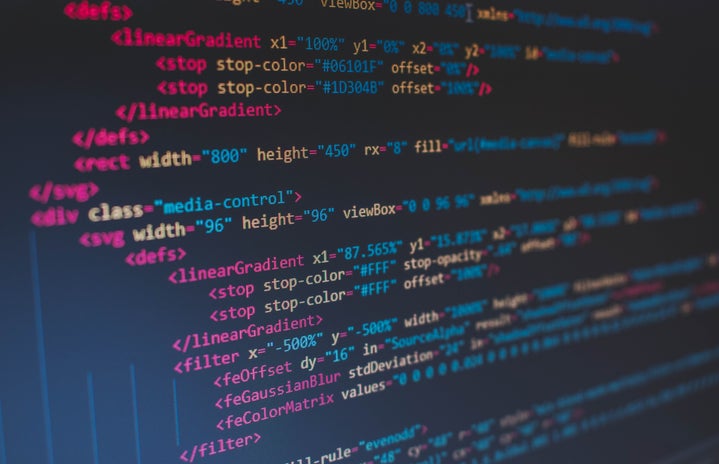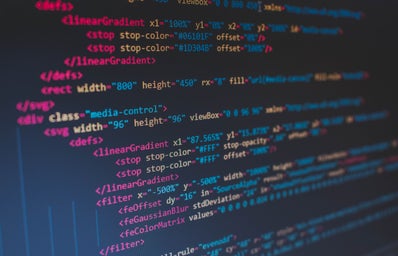Tesla CEO Elon Musk showcased the company’s new humanoid robot “Optimus” at the 2022 AI day this past Friday, Sept. 30. Put together in merely six months, the robot walked onto the stage, waved to the crowd, and even did a dab-like dance.
While some members of the technology community ran to Twitter and their blogs to critique Musk’s latest prototype, dubbing it a “half-baked clunky robot,” Musk emphasizes that their goal was to “make a useful humanoid robot as quickly as possible and with the most money saved,” which is precisely what he did.
This was the first time the robot walked by itself without extra support to keep it from falling, he explained, adding that it could do more complex tasks than what it had demonstrated on stage. He then showed the audience videos of it watering a plant, carrying boxes, and moving metal bars while it was tethered.
The humanoid that was built in roughly six months, is made up entirely of scratch actuators (gears and motors) and will soon use the same AI that Tesla software engineers created for the company’s cars, which have an AI-powered driver assistance program. Compared to AI created by Boston Dynamics, Musk’s goal for Optimus is to make a low-cost mass-produced robot that will one day be in the homes of average individuals helping them with day-to-day activities as simple as grocery shopping. Musk said the robots would be produced in mass, at a cost lower than $20,000, and be available in three to five years compared to Boston Dynamics AI which is priced at roughly $500,000.
Similar to his breakthrough in rockets that are now able to recycle old parts and land without total destruction, Musk has saved an abundance of money using AI technology that is able to identify commonalities among the gears, like movement and torque necessary, and reduce it from 28 UNIQUE gears to six gears that can be used across the body. Through this advancement in technology, Musk is able to mass produce and eventually sell at a reduced price, enabling the average person to one day have this technology in their homes, much like Amazon’s Alexa.
Musk’s humanoid technology with Optimus has come a long way. When Tesla first demonstrated its design concept for the humanoid robot to an audience at last year’s AI Day, Musk used a human dressed up in a robot costume. While Optimus’s development has much advanced since then, critics say Tesla is still far from being able to sell it.
“There’s some discrepancy between sort of the ambition and what they have presented,” Heni Ben Amor, a robotics expert at Arizona State University, tells Reuters’ Hyunjoo Jin. “When it comes to dexterity, speed, the ability to walk in a stable fashion, and so on, there’s still a lot of work to be done.”
While Optimus may still have some ways to go in terms of being available on the market, Musk and his team continue to work on advancements and hope to see Optimus available sometime in the next five years.
Want to see more HCFSU? Be sure to like us on Facebook and follow us on Instagram, Twitter, TikTok, YouTube and Pinterest!


